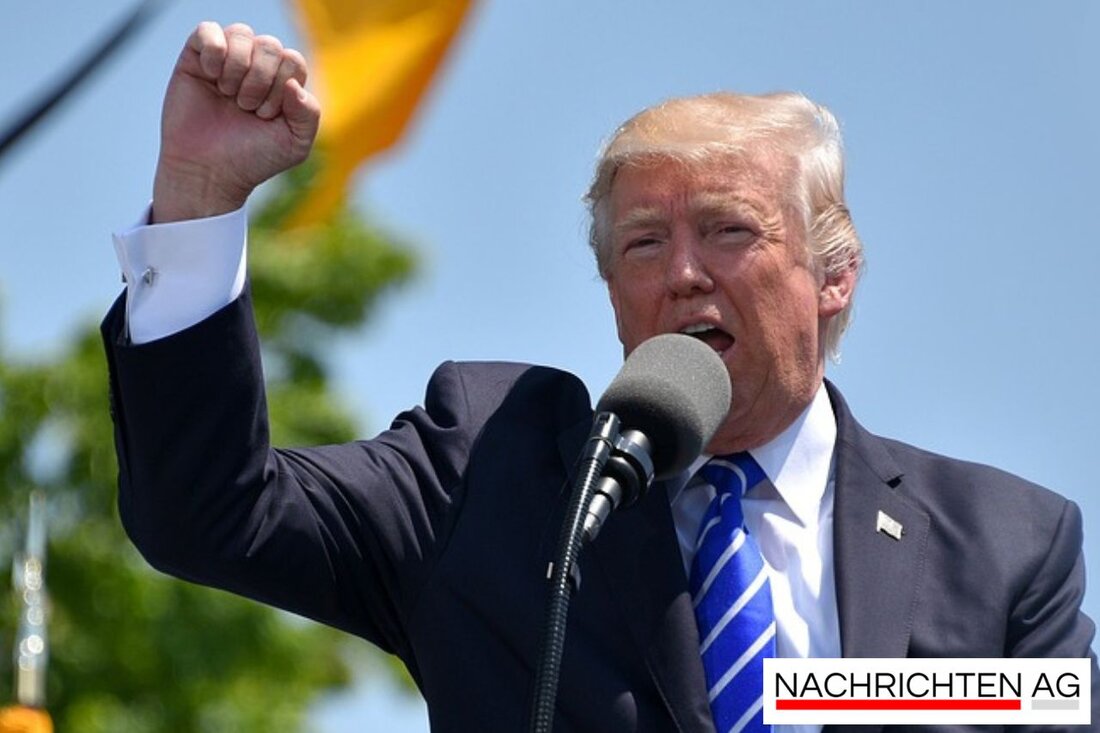Customs wars and AI: The digital future hangs on the silk thread!
Customs wars and AI: The digital future hangs on the silk thread!
trade restrictions are currently a hot topic in the digital world. In particular, the US government has imposed the waves up to over two dozen countries due to the threat of higher tariffs. President Donald Trump is particularly aimed at China in order to slow down the country's dominance in future -oriented technologies such as artificial intelligence (AI). China is not only identified as the main actor in the current trade wars, but also as an area whose technology progress could significantly endanger the United States market position. According to news.illinois.edu , the United States has even decided to allow the sale of advanced semiconductors to China, which further increases the complexity of the situation.
Meicen Sun, professor at the School of Information Sciences, has dealt with the US technology policy in detail. There are massive changes, especially with regard to AI government and digital trade barriers. The recent customs increases not only result in price increases and reduced demand, but also lead to companies holding new products back. The incentive to innovate therefore drops considerably. It is particularly interesting that uncertainty about future tariffs is even more stressful than the tariffs. There are also major differences in the digital world: digital goods are often "free of charge" because users exchange their data for services, which focuses on the discussion about data security.
The trend towards digitization and limits of restrictions
A concise example of digital trade barriers is the Tikok ban, which was imposed on concerns about national security and privacy. Meicen Sun emphasizes that the allegations against Tikkok are so important that they are difficult to refute. These trade restrictions could have significant economic consequences, such as the erosion of sales and the emigration of talents if companies cannot adapt.
In addition, digital restrictions could also bring unexpected losses. In this way, China's Internet control illustrates how such measures can even lead to sales gains between 30 and 50 percent for local companies. Nevertheless, this is at the expense of research quality, which has decreased by 22 percent compared to their US colleagues for Chinese academics. This dynamic shows the limits of national restrictions.
The challenge of the new tariffs
From 2025, new tariffs will be introduced, which reveal weaknesses in different regions and industries. The effects are immediately noticeable in information technology. The companies are faced with strict regulations, higher costs and growing complexity, especially in China and other geofened markets. Technology markets develop into regional and risk-sensitive areas, which means that technology managers have to rethink their core strategies. Five key trends are crucial to develop smarter and more resistant strategies:
- hardware: The withdrawal from China leads up to 20 percent in some categories.
- Data: Localization requires new architectures, including double cloud setups and regional safety tools.
- Cloud: The fragmentation reduces the scale effects because providers invest in country-specific infrastructure and sovereign cloud solutions.
- cyber security: geopolitical risks increase cyber threats, which requires stricter controls about providers.
- Talent: Restrictions on the mobility of talents lead to changes in the delivery models.
These trends clearly show: Companies have to act proactively in order to manage their exposure to prioritize budgets for IT and to set the course for a successful future through a clever management of their supplier locations. The key lies in a redesign of your procurement and operating models to meet the challenges of a fragmented world. According to bain.com , short-term measures and long-term strategies should go hand in hand to meet the requirements of a rapidly changing technology landscape.
| Details | |
|---|---|
| Ort | China |
| Quellen | |


Kommentare (0)